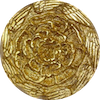An Overview of the Inferno
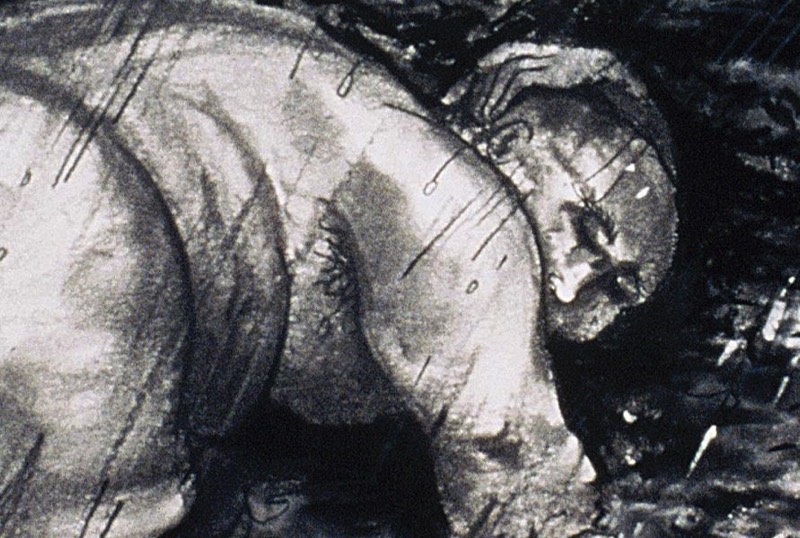
-
Inferno Summary
Open or CloseIn the year 1300, Dante finds himself lost in a dark wood. He notes that he is ‘Midway upon Life's Journey,’ or approximately 35 years old. He heads for a mountain, but is blocked by three terrifying beasts; a leopard, a lion, and a she-wolf, so he turns deeper into he wood to flee. In his moment of need, he is met by the spirit of Virgil, the great Roman poet. Virgil, his mentor, promises to lead him out, however the only way out is through - literally and figuratively a journey through Hell. Virgil promises that once they have passed through hell, Dante may be able to enter Paradise or Heaven. Dante, though terrified, agrees to the journey and follows Virgil; a pilgrim through the gates of Hell.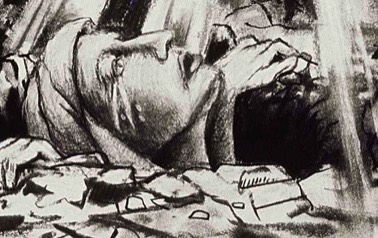
In the Divine Comedy, Inferno or hell is made of various "circles" or levels where the souls of the damned are sent for all eternity. The dead are judged by the monster Minos, who sends them to the proper circle according to their sin.
As Dante and Virgil travel to each circle, traveling deeper into Hell, they encounter the masses of sinners and Dante recognizes many who lived and died during his time. He has a multitude of conversations with them and hears their regrets and confessions. Historically, the Inferno provides a treasure trove glimpsing into the lives of real people, with portions of their lives, political and or societal struggles being discuss from Dante's point of view. Philosophically, the Inferno and its other Chapters, Purgatory and Paradise, deals with the subjects of free will, consequence, immoral evils and morality and righteousness.
Hell, according to the Catholic religious doctrine at the time had an area for an area for the unbaptized and pagans reside: Limbo. In Limbo, the poets stop to speak with other great poets, Homer, Ovid, Horace, and others, and then enter a great citadel where philosophers reside. This is where Virgil permanently resides. Beyond Limbo is Hell and thus begins the Dantes horrific journey that culminates with Satan at it's frozen core.
Dante must climb down the back of Satan to exit hell, passing thru the center of the earth and out. He arrives to the upper world just before dawn on Easter Sunday, where upon emerging from the pit of hell, his eyes finally gain sight of the azure sky lit by stars.
From here, he moves on to Purgatory and then finally, Paradise. -
Inferno Map
Open or CloseThe Inferno consists of 33 Canti or “Songs” Sandro Botticelli drew a map of the Inferno as described by Dante. It is an inverted mountain, circling down to the middle of the earth.
-
The Circles of Hell
Open or Close-
1st Circle: LimboThe poets reach the banks of the river Acheron where souls await passage into Hell. Here they are met by the ferryman, Charon. They board the boat and the two poets reach the other shore - Limbo, the first circle of Hell. Limbo is where the unbaptized and virtuous pagans reside including Virgil, Homer, Horace Ovid, Socrates and Plato.
-
2nd Circle: LustThe souls are tossed about upon violent winds, never to rest. The famed lovers Francesca da Rimini and Paolo are found here. Dante hears their sad story and he faints in grief.
-
3rd Circle: GluttonyThe 3rd circle are the Gluttons who are guarded by the monster Cerberus. The Gluttons live in the garbage pit of hell, an environment of a stinking, freezing slush and a perpetual hail of ice and sleet.
-
4th Circle: Avarice & ProdigalityThe Spendthrifts and the Miser clash as the push heavy boulders, symbolizing their wealth wasted or hoarded. The crash into each other over and over again, turn and circle back.
-
5th Circle: Wrath & SullenessThe wrathful fight each other on the swampy marsh near the river Styx (the mythological river of Hate) There are 3 categories of hateful here: wrathful, sullen and vindictive.
-
6th Circle: HereseyThe city of Dis begins the 6th Circle, the realm of the violent and heretics. The poets enter and find thousands trapped in flaming tombs.
-
7th Circle: ViolenceThe violent against people, property and themselves are damned to this circle. Here is the Wood of the suicides, plagued by the harpies. Also in this circle are the blasphemers, sodomites and usurers.
-
8th Circle: FraudPanderers, seducers, flatterers, false prophets and thieves. These are the sinners who used their positions to profit, pilfer or cheat others.
-
9th Circle: TreacheryThe traitors to country, and their masters are found here frozen in ice, either partially of full. This is the final circle and place where Satan is found. He has 3 faces. In each Satan chews a man: Judas, Brutus and Cassius.
-
-
Terms and Definitions
Open or Close- ARCHITECTURAL
- • Gate of Hell: This is where the famed warning is carved, "Abandon All Hope, Ye Who Enter Here" and establishes the actual entrance to Hell.
- Acheron: The first river of hell - where all damned souls cross to be judged. According to Greek Mythology it was known as the river of woe and one of five rivers of the underworld.
- Limbo: derived from the Latin term, Limbus, it means edge or border. It is neither Hell or Heaven, but an area for the unbaptized and virtuous pagans.
- Styx: From Greek, meaning "hate, detest" it is found in the 5th Circle of the Inferno.
- Dis: A fictional city in the lower circles of hell, and an alternative name for Satan.
- Malebolge: The 8th circle of hell in the 'Inferno'. In Italian, it roughly translates to "evil ditches" (male - bad; bolge - ditch or trench) Malebolge is a large funnel-shaped cavern with concentric circles leading to a center and the final 9th circle of Hell.
- Cocytus: One of the 5 mythological rivers of Hades. In the 'Inferno' it is a frozen lake at the bottom and center of Hell (9th circle) where the traitors are frozen within and centered in the lake is Satan, frozen in - waist high.
- TYPES of SINS & SINNERS
- • Pagans: Non-Christians
- Lustful: intense desire for money, food, fame, power and sex leading to a lack of self-control.
- Gluttony: is the over-indulgence and over-consumption of anything to the point of waste. It is considered a sin if this excessive desire places one's own interests above the well-being or interests of others.
- Avarice: Extreme greed for wealth or material gain. Such wealth may be hoarded (not shared) or wasted, forgoing one's responsibilities toward his family and his community.
- Prodigality: spending one's money wastefully and recklessly.
- Wrath: Pure anger and rage. Wrath is self-destructiveness, and is violence and hate that may be used against oneself (suicide) or others (spite, revenge, jealousy.)
- Sullenness: suppressed anger
- Heretics: those who violate religious teachings and/or other established customs or beliefs.
- Blasphemers: those who show contempt toward God, holy persons or objects that are considered sacred.
- Sodomites: those who practice bestiality, or other deviant sexual practices.
- Usurers: People who lend money at an unreasonable rate.
- Panderers: Someone who derives financial gain from the prostitution of another person...being a pimp or madam, sex trafficker.
- Simony: the act of selling, for personal gain, rolls, positions or favors in the Church.
- SCARY DUDES and MONSTERSNot a comprehensive list, but a few of the main characters....
- Charon: The ferryman who takes the dead across the river Acheron to Hell or Hades.
- Cerberus: the three-headed dog found in numerous Greek and Latin writings including the Aeneid and the Iliad. In the 'Inferno', Cerberus is in Canto VI, 3rd Circle, where he oversees and chews to pieces those who are guilty of gluttony, one of the seven deadly sins.
- Harpies: found in Canto XIII, harpies are bird like with feathers and wings, sharp talons but with human necks and heads. They torment the souls in the Wood of the Suicides.
- Plutus
Drawings of Inferno
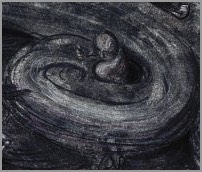
The circle where those who committed crimes of lust, adultery and sins of the flesh are tossed around upon the “warring winds.”
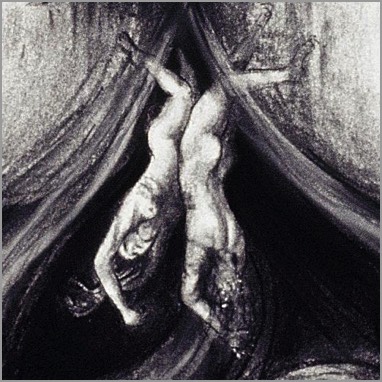
Circle in the Inferno where the famous Lovers, Paulo and Francesca meet Dante, caught in the furious winds for all time. Francesca tells Dante their sad story.
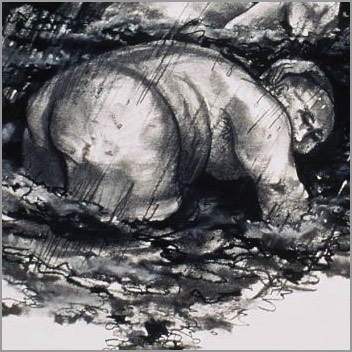
These are the damned who wallowed in food and drink while alive, now lie buried or half-buried in the garbage pit of Hell.
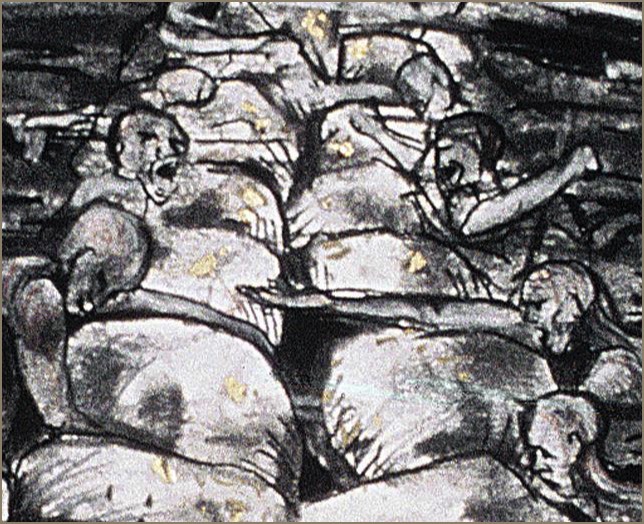
The hoarders and wasters are pitted against one another in a continuous war waged by pushing boulders around for eternity.

The wood of the suicides keeps the souls who denied themselves their bodies. They root in Hell and rise as gnarled twisted trees, to be tortured by the winged harpies who taunt and pick at them.
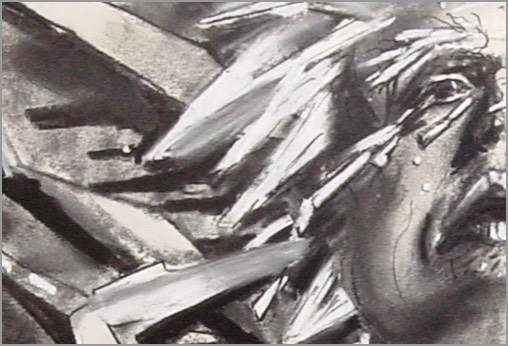
The frozen lake of the Traitors where Dante finds shades emerged in the lake, tears frozen, paralyzed and in agony.
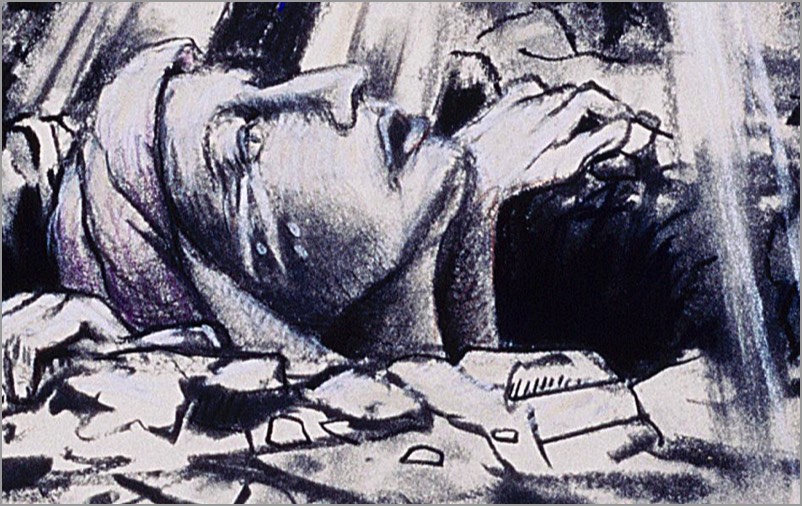
After having descended into Hell and down the back of Satan, Dante emerges back into the earthly realm. His face is stained with the soot and dirt and with tears in his eyes he gazes into the evening sky, forever changed.
Drawings from the Inferno
The Carnal
Paolo e Francesca
The Gluttons
Spendthrifts and Misers
Wood of the Suicide
The Traitors
The Bright World
Nel mezzo del camin, di nostra vita, mi ritrovai per una selva oscura...
Dante Alighieri
To read the "Commedia" is an intensely personal journey. It's author, Dante Alighieri, finds himself lost in a terrible wood and faces mortal peril. He learns that only way out, is to go THROUGH...into the very heart of hell and all that it contains. Both Dante, the Pilgrim, and we the reader learn the nature of man and the human condition. Though there may be pain and deep sadness, it is through these experiences that we may learn to be more fully alive and to appreciate joy, living and life.
